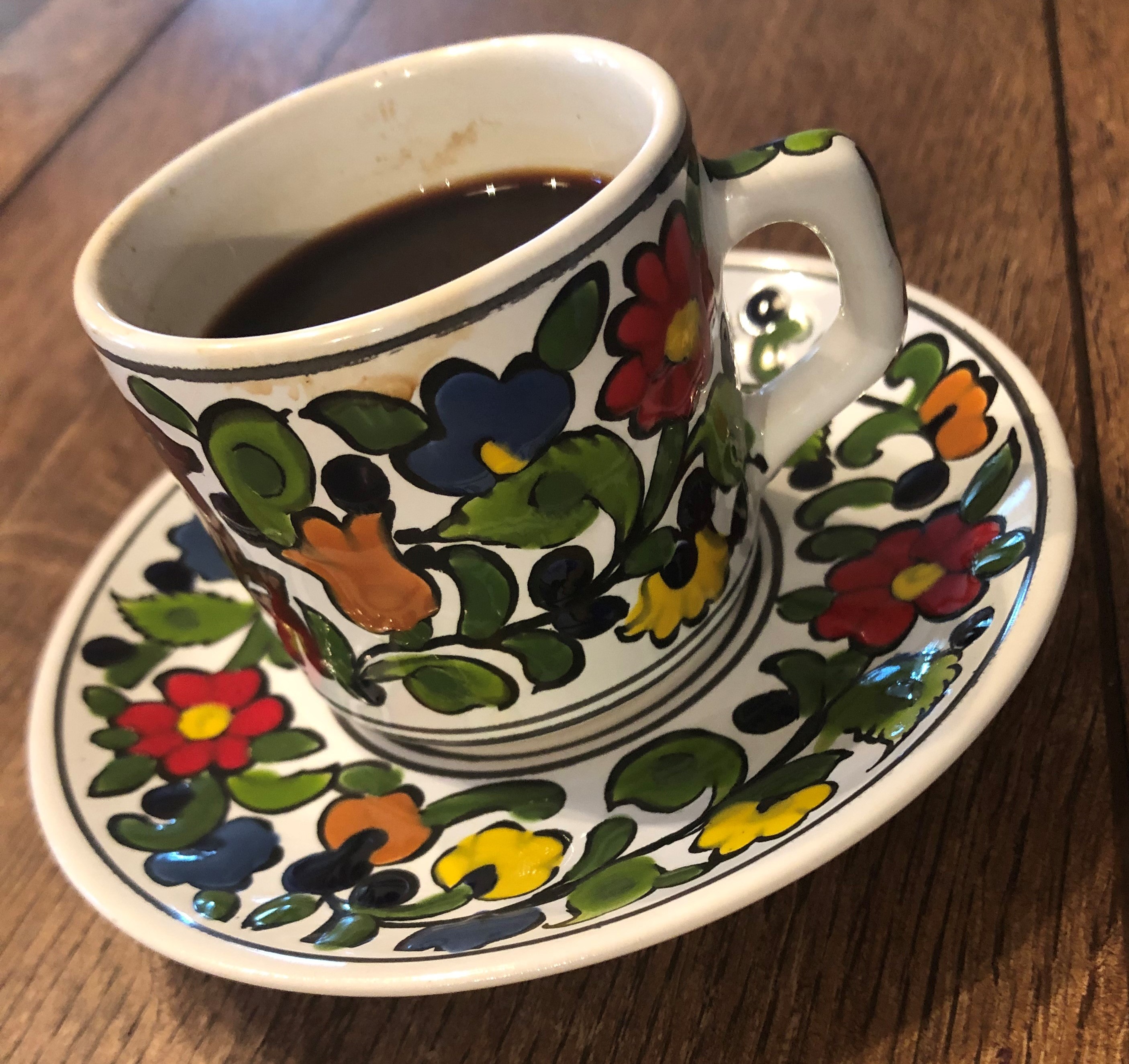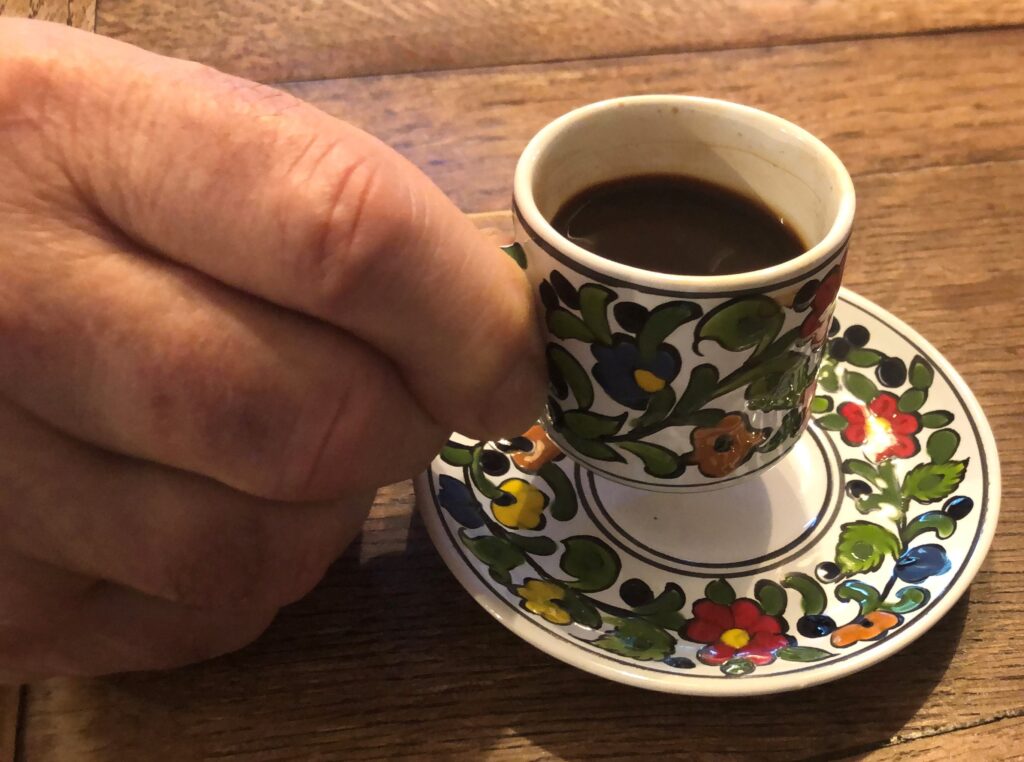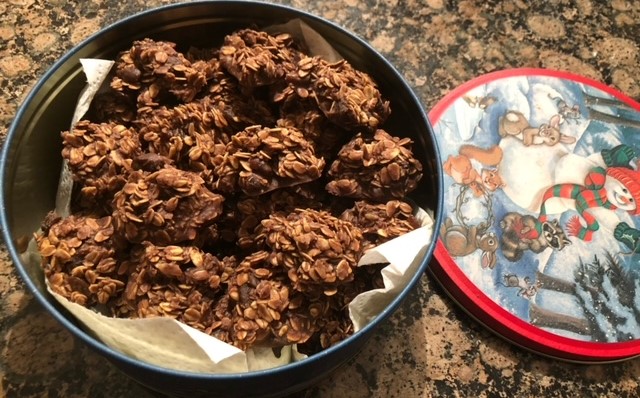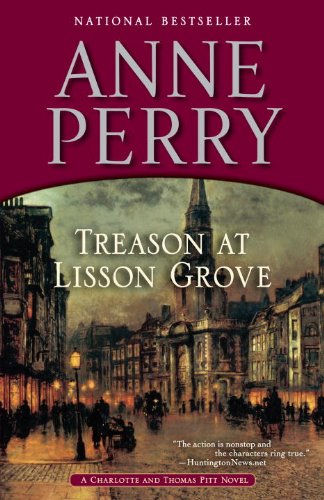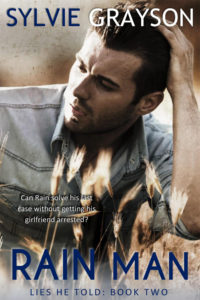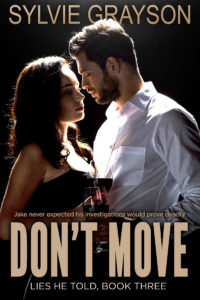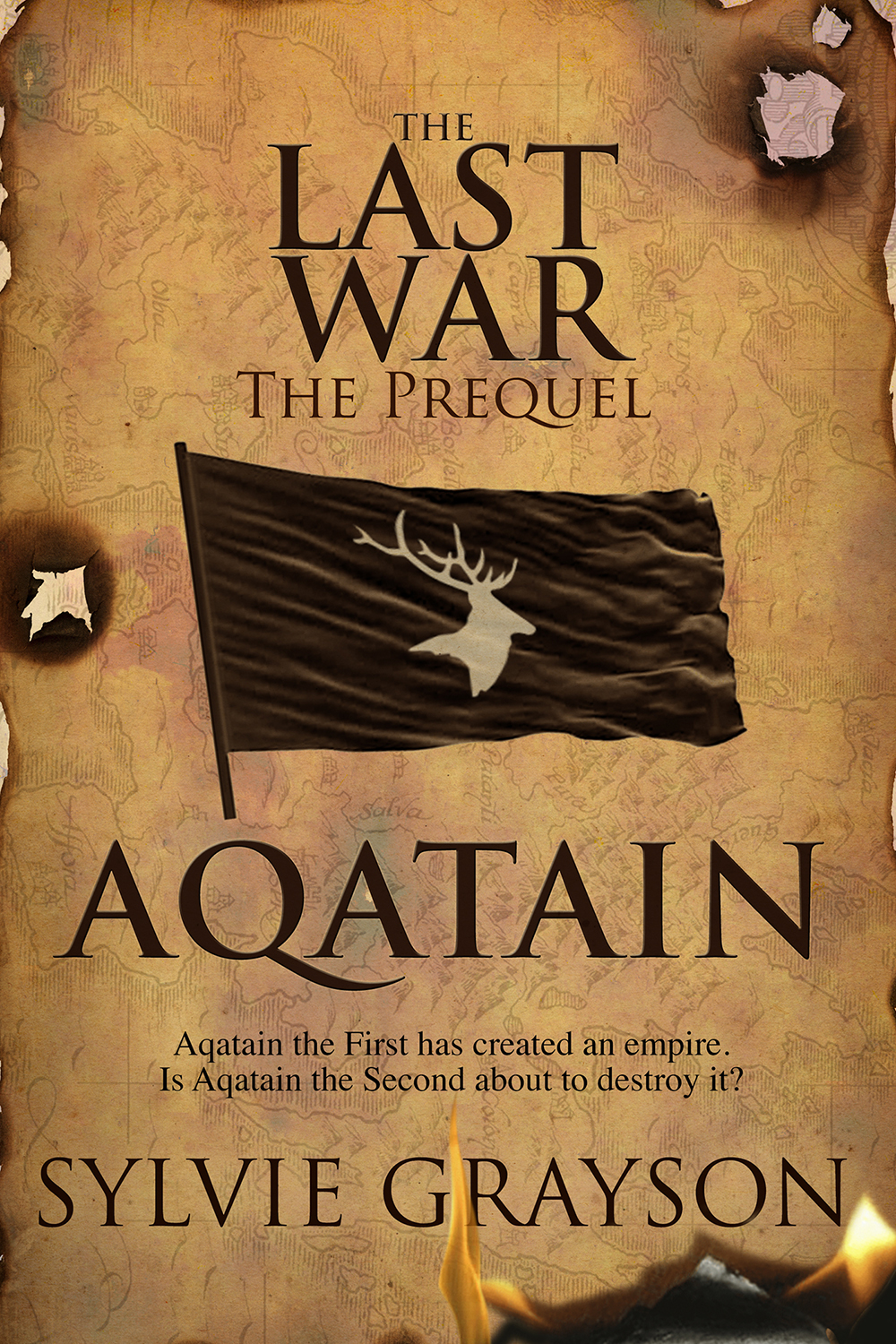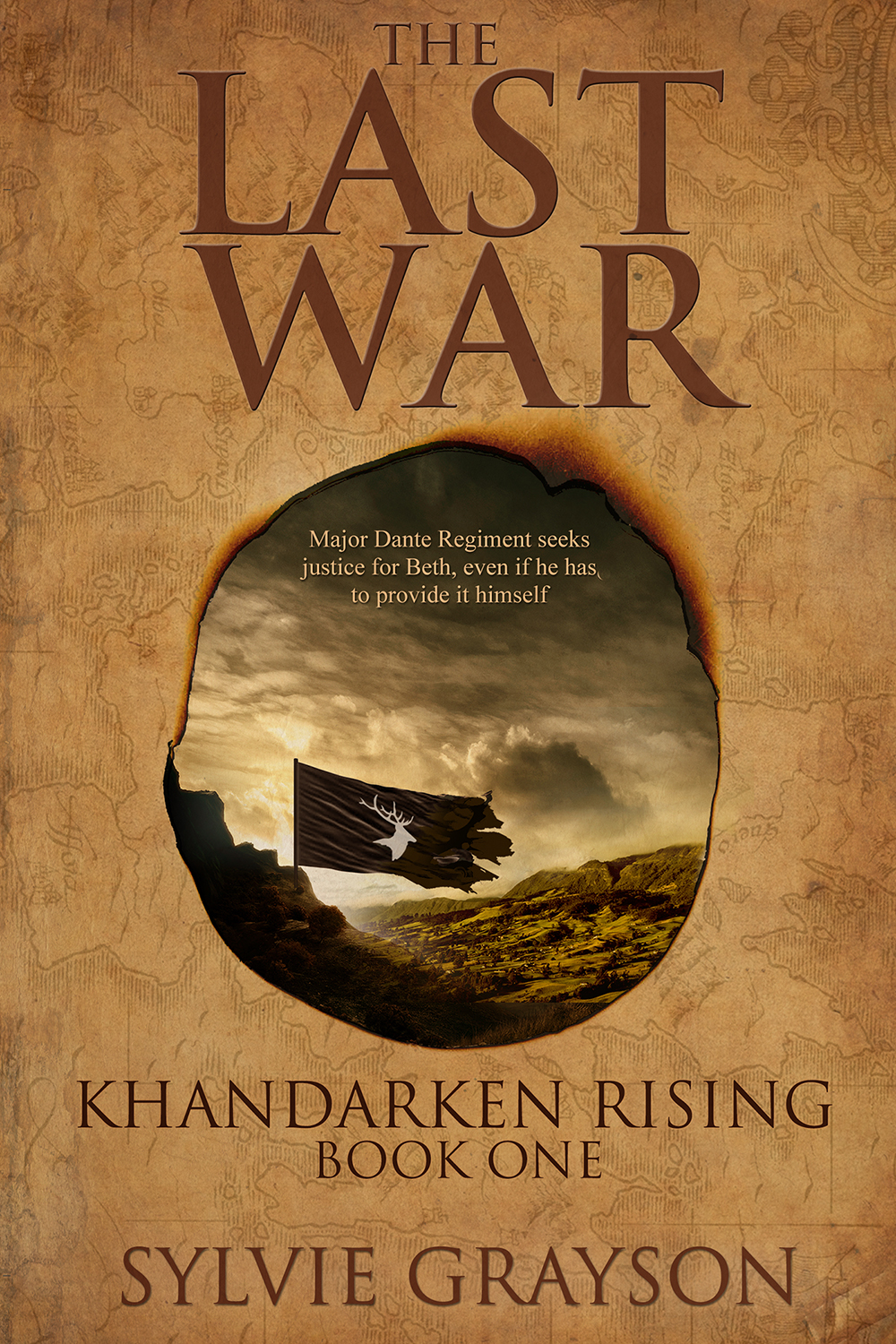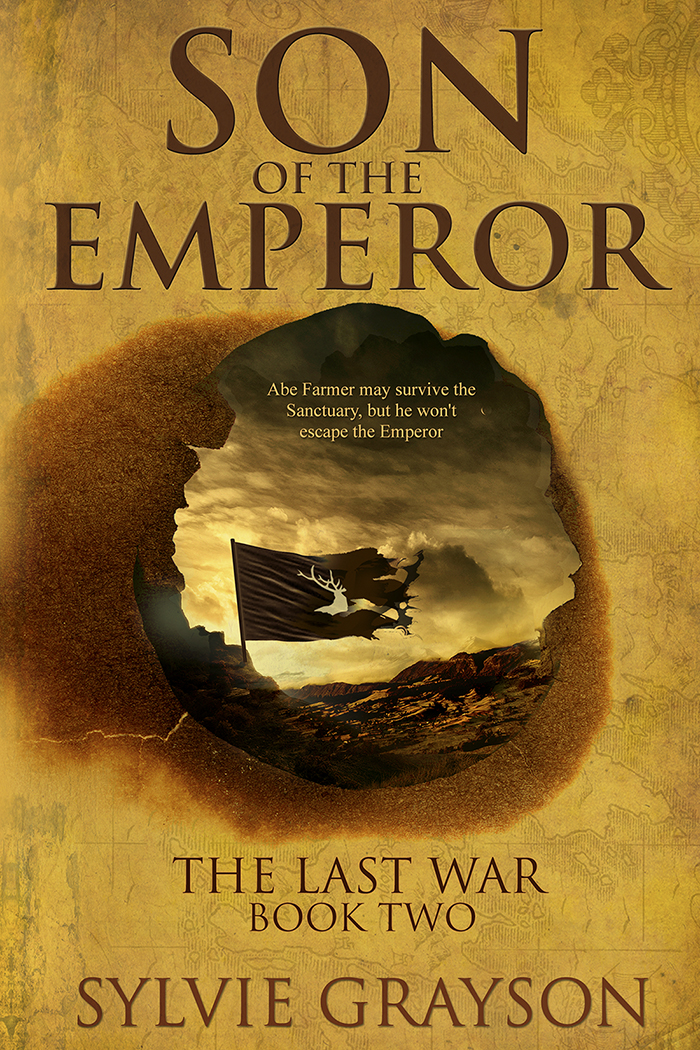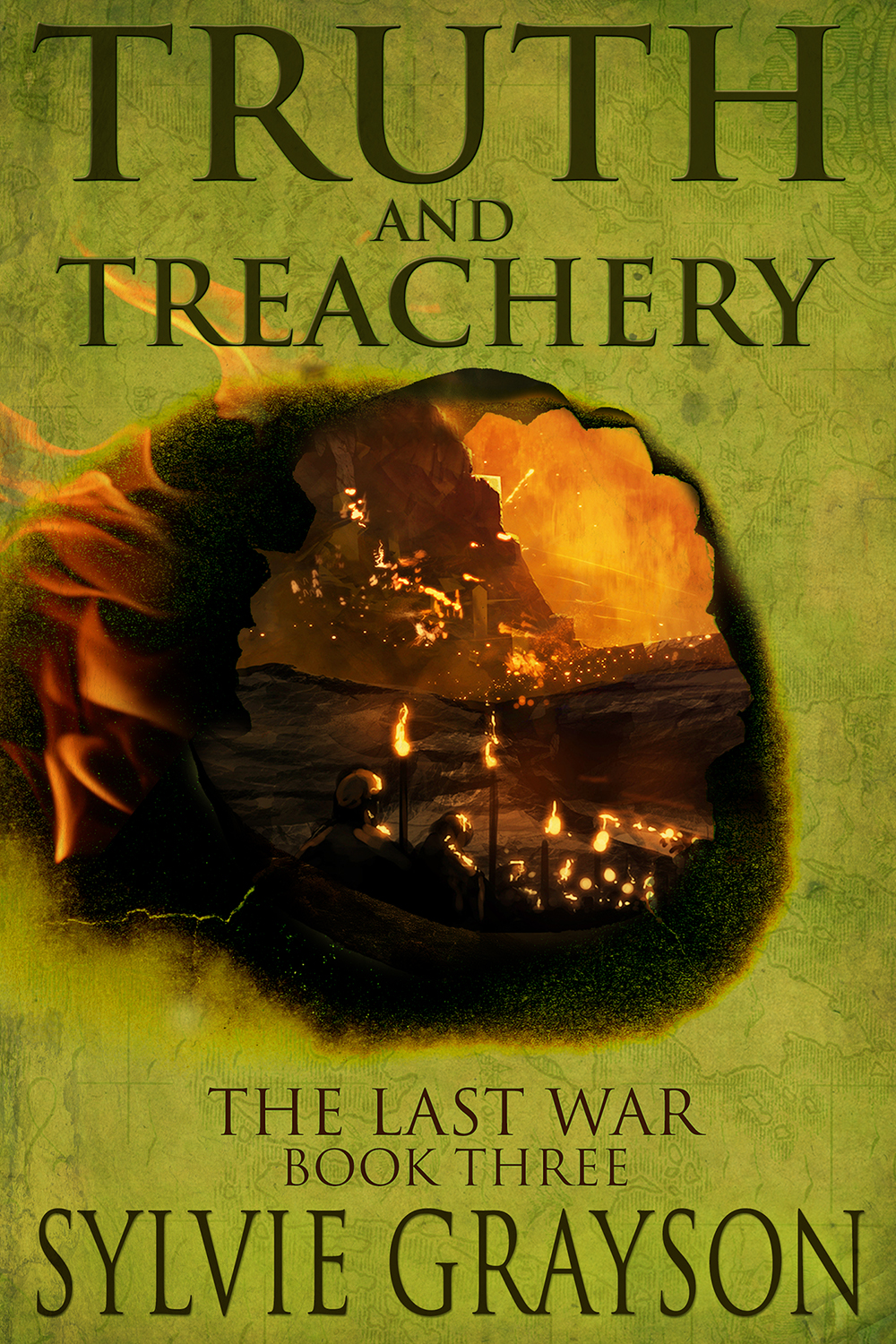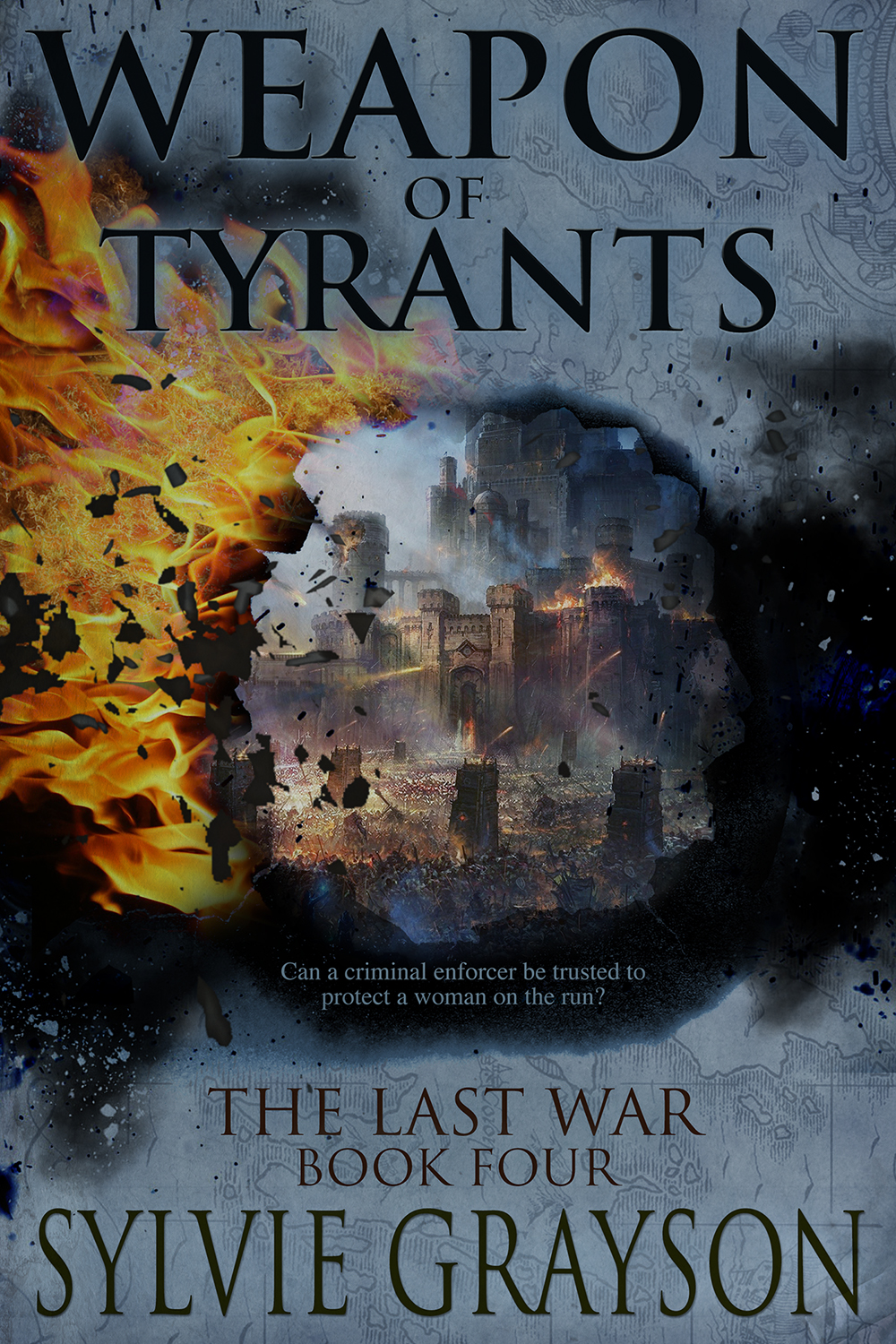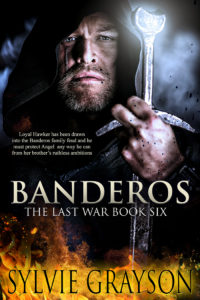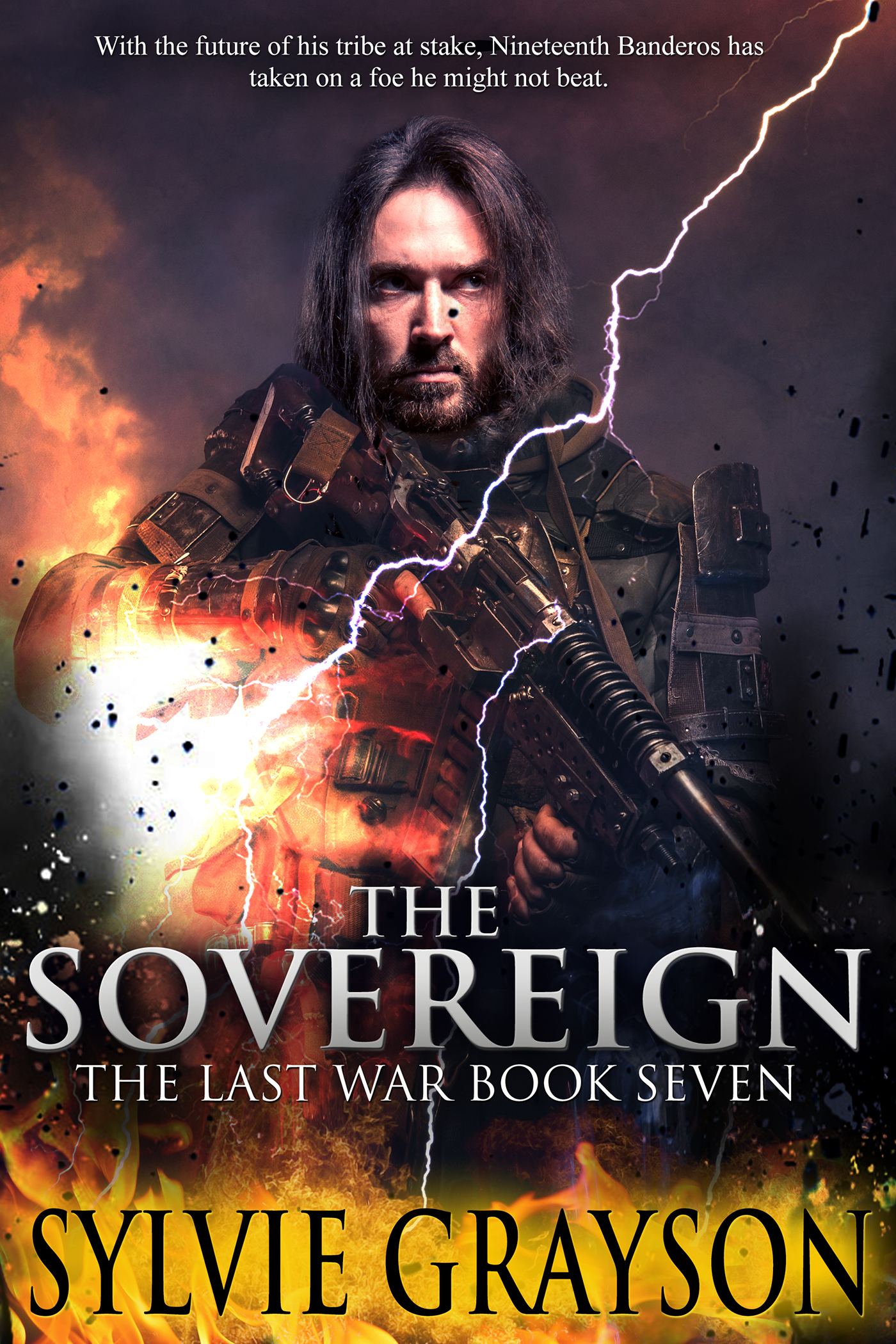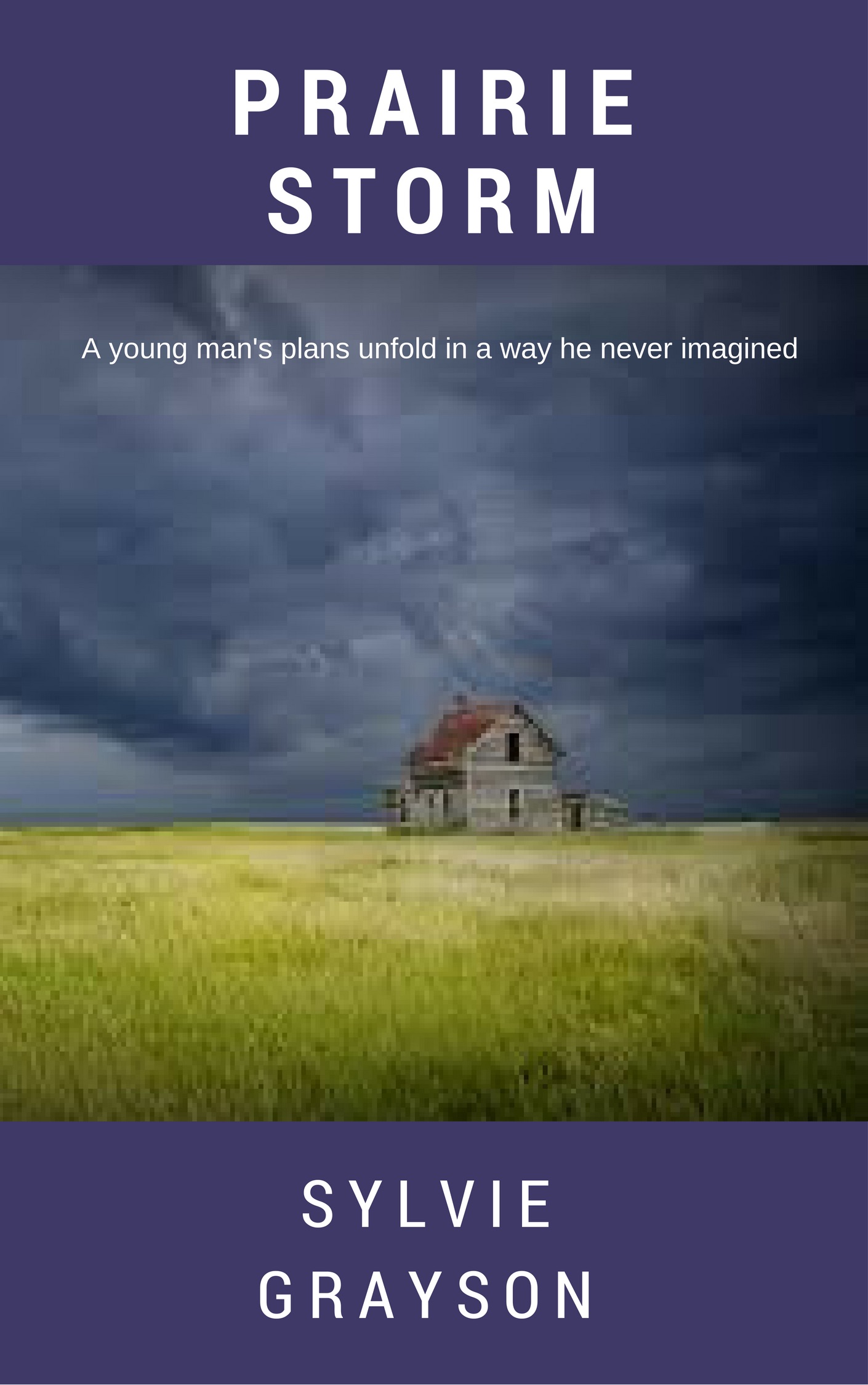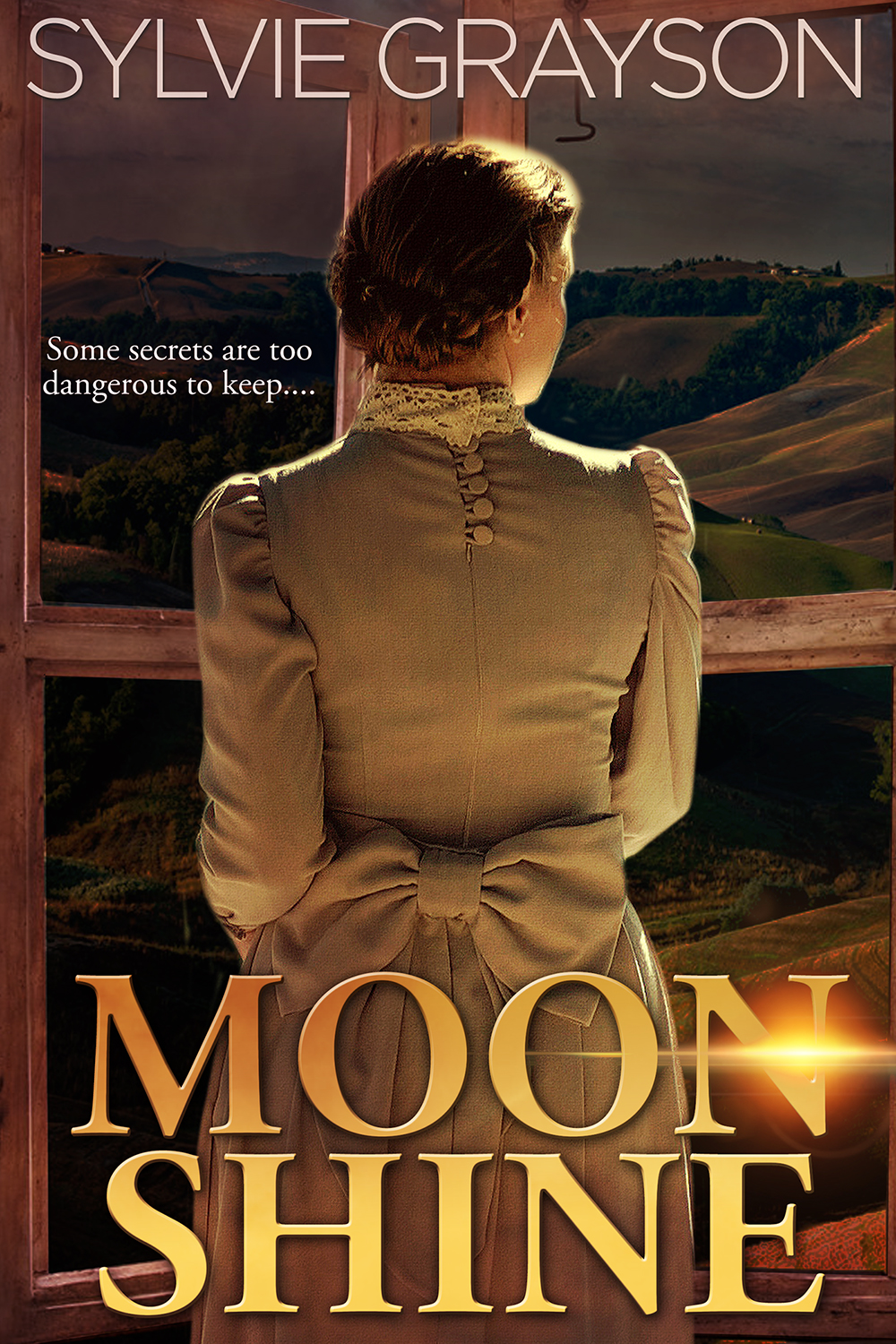Christmas is almost upon us. Our tree is outside, the trunk soaking in a bucket of water with sugar and Vitamin B. The lights have come up from the basement and wait in old boxes for the decorating to begin. I’m slow this year, can’t seem to get too organized. I did begin the baking.
Last year I made shortbread and chocolate oatmeal cookies. Then I found some paper plates, filled four of them (we have four neighbours on our road) half with one type and half with the other. Wrapped them in plastic, wrote a Christmas card for each house and delivered them. It was a year that looked like a celebration that was going to be isolated and I thought it would add some festivity to the season.
This year, there are eight neighbours to consider. One of them took the time to clear the ditch so the water ran into the culvert and didn’t wash out our driveway. One started parking his truck in a different spot so it was easier to access our road. One cleared our drive of snow last year, mentioning that the cookies were darn good. These are such good people, I feel blessed to add a little to their holiday celebrations. But it does mean more cookies. 🙂
What is the celebration like in your neighbourhood?




